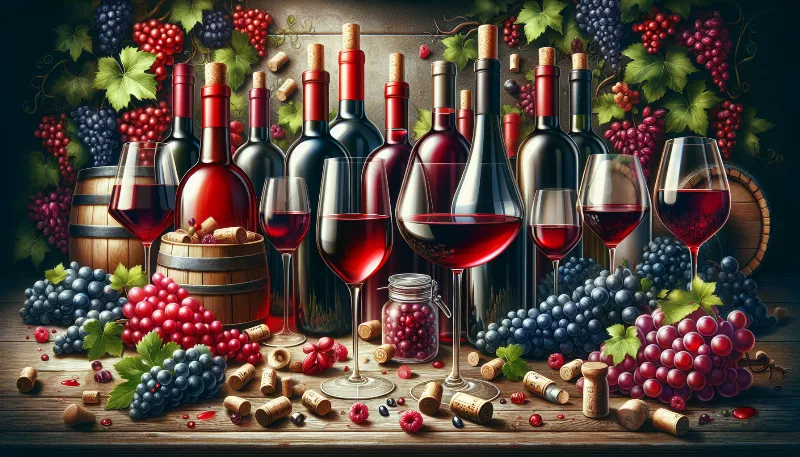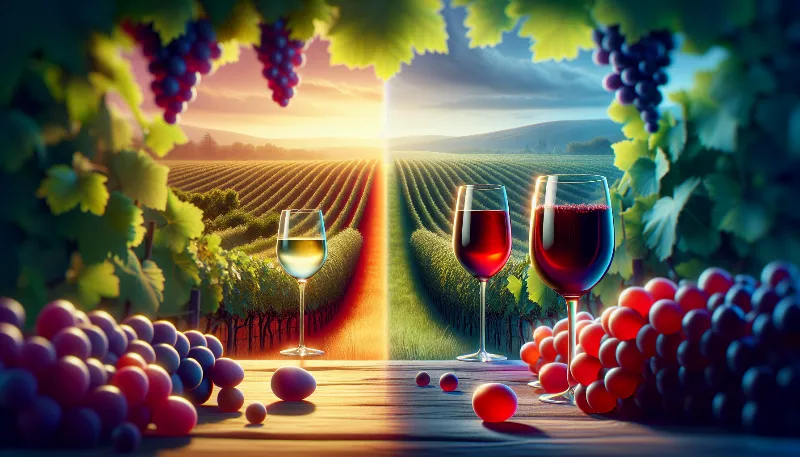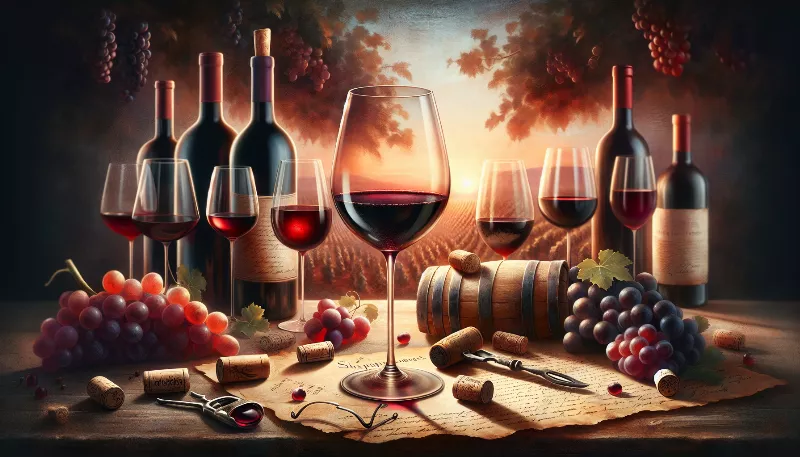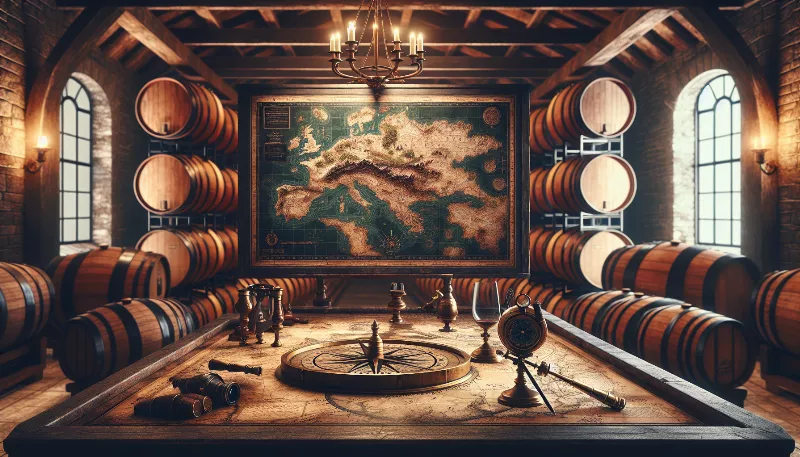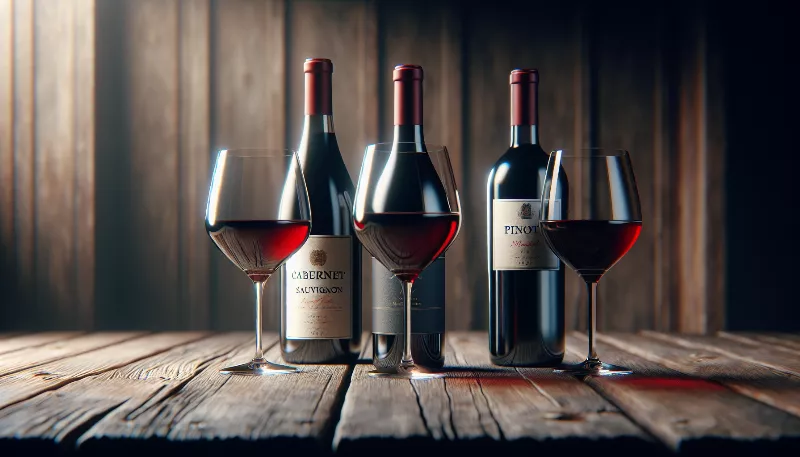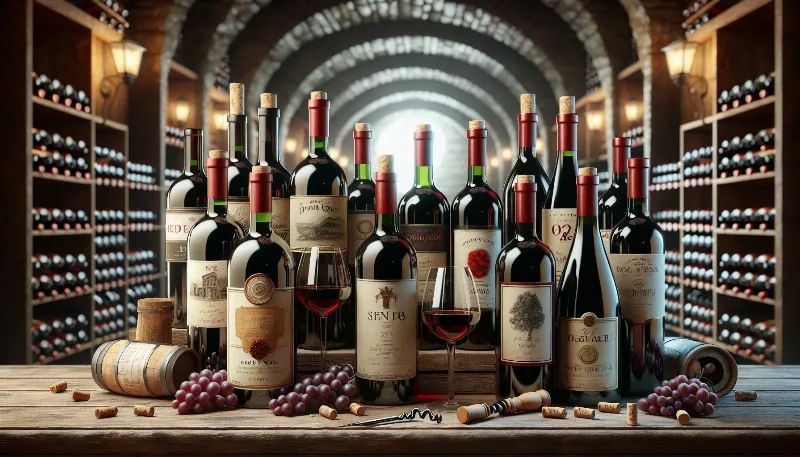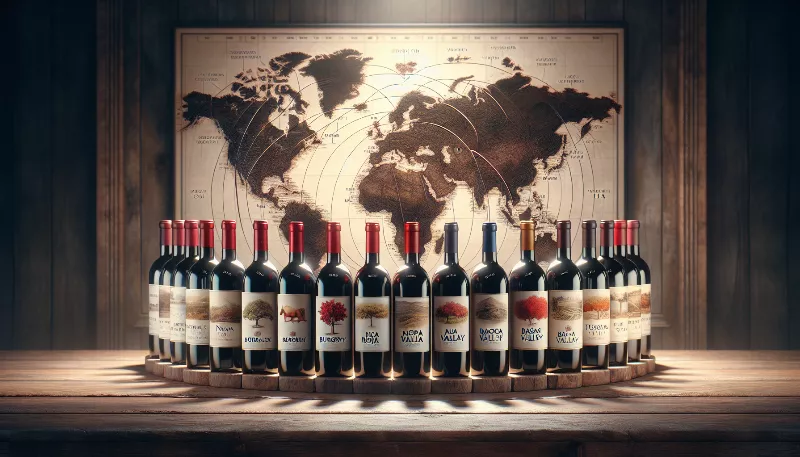What factors influence the aging potential of a red wine?
Discover the secrets to red wine longevity! Learn how tannins, acidity, vintage, and storage impact aging potential for that perfect sip over time.

Unlocking the Secrets to a Red Wine's Longevity
Have you ever wondered why some red wines seem to get better with age while others are best enjoyed in their youthful exuberance? The aging potential of red wine is a fascinating dance between science and art, influenced by a myriad of factors that can elevate a simple beverage to a symphony of complex flavors and aromas over time. Let's uncork the bottle on this mystery and explore the elements that determine whether a red wine will stand the test of time or is destined for early consumption.
The Grape Variety: A Foundation for Longevity
Not all grapes are created equal when it comes to aging potential. Certain varieties, such as Cabernet Sauvignon, Merlot, and Syrah, are renowned for their ability to mature gracefully. These varietals possess high levels of tannins and anthocyanins, which act as natural preservatives. As these wines age, the tannins soften, and the wine develops a smoother texture and more nuanced flavors. On the other hand, grapes like Pinot Noir, while capable of aging, often have a shorter lifespan due to their delicate structure.
Terroir: The Environmental Touch
The concept of terroir plays a significant role in a wine's aging potential. Terroir refers to the unique combination of soil, climate, and topography where the grapes are grown. Wines from regions with optimal growing conditions—such as the right balance of sunlight, temperature, and soil composition—tend to have a greater concentration of flavors and a robust structure that lends itself well to aging. For example, the storied vineyards of Bordeaux and Tuscany produce reds that are legendary for their age-worthiness.
Vinification Techniques: The Winemaker's Craft
The methods used during the winemaking process also play a pivotal role in a wine's ability to age. Decisions such as fermentation temperature, duration of maceration, and type of yeast can influence the stability and longevity of the wine. Additionally, the use of oak barrels for aging imparts tannins and compounds like vanillin, which not only add complexity but also help preserve the wine over time. The careful art of blending different grape varieties can also enhance the aging potential by creating a more balanced and harmonious final product.
Bottle Age: The Role of Time
Once bottled, the aging process continues to evolve. The interaction between the wine and the small amount of oxygen that permeates through the cork allows for the development of tertiary aromas and flavors such as leather, tobacco, and earthy notes. However, the type of closure (cork versus screw cap) and the quality of the bottle storage (temperature, humidity, light exposure, and vibration) are critical to ensuring that the wine ages well. Consistent, cool temperatures and proper humidity levels are essential to prevent spoilage and allow the wine to mature at an ideal pace.
Personal Preference: The Subjective Element
Ultimately, the question of aging potential is also a matter of personal taste. Some wine enthusiasts prefer the vibrant fruitiness of a young wine, while others seek the complexity and depth that only time can bring. Understanding your own palate preferences is key to exploring the world of aged wines and finding those that resonate with your taste profile.
In conclusion, the aging potential of a red wine is a tapestry woven from the grape variety, terroir, winemaking techniques, and the passage of time, all colored by individual preference. Whether you're a collector of vintage bottles or a fan of the fresh and fruity, appreciating the factors that influence a wine's evolution can greatly enhance your enjoyment and understanding of this timeless beverage.
